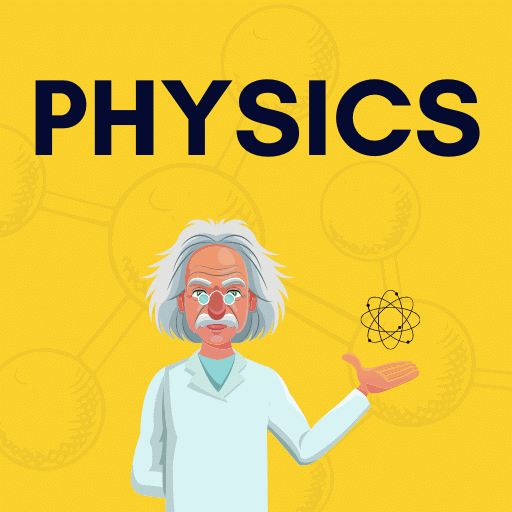Best Study Material for Year 11 Exam
Year 11 Exam > Year 11 Notes > Geography for GCSE/IGCSE > Features of Earthquakes & Volcanoes
Features of Earthquakes & Volcanoes | Geography for GCSE/IGCSE - Year 11 PDF Download
| Table of contents |

|
| Main Features of Volcanoes |

|
| Features of Eruptions |

|
| Main Features of Earthquakes |

|
| Earthquake sequence |

|
Main Features of Volcanoes
- A volcano forms when magma erupts onto the Earth's surface as lava through a vent in the Earth's crust.
- The magnitude of a volcanic eruption is gauged using the Volcanic Explosivity Index (VEI). The VEI scale, although open-ended, reached its historical peak at 8 during the Tambora eruption in 1815.
- All volcanoes share common characteristics, illustrated in the accompanying diagram.

- Volcano formations vary depending on the type of lava erupted.
- Composite (or strato-volcanoes) are characterized by steep sides and the eruption of viscous, sticky lava.
- These volcanoes tend to have more explosive eruptions and are formed from alternating layers of ash and lava.
- They typically form on convergent (destructive) plate boundaries.

Shield Volcanoes
- Gently sloping sides
- Runny/thin lava
- Less explosive - gentle eruptions
- Tend to form on divergent (constructive) plate boundaries or hot spots
- Frequent eruptions

Volcanic Activity
Volcanoes may be active, dormant, or extinct
- Active: The volcano has recently erupted and is likely to erupt again
- Dormant: Has erupted in the last 2000 years and may possibly erupt again
- Extinct: Shows no evidence of eruption in historic times and there is no evidence of a magma reservoir
Features of Eruptions
Eruptions may include a range of features as shown in the table below:

Question for Features of Earthquakes & Volcanoes
Try yourself:
What is the main characteristic of composite (or strato-volcanoes)?View Solution
Main Features of Earthquakes
- Earthquakes occur as a sudden and intense shaking of the ground.
- The main cause of earthquakes is the accumulation of pressure resulting from the movement of tectonic plates.
- The epicenter of an earthquake is the location on the Earth's surface directly above the focus point where the earthquake originates.
- The focus of an earthquake is the spot beneath the Earth's surface where the seismic activity commences.
- Earthquake intensity, or the amount of energy released, is quantified using the Moment Magnitude Scale, which has superseded the Richter scale.
- The impact of earthquakes is evaluated using the Mercalli Scale, which measures the destruction and effects of the quake.
- Tectonic Plates: These are large sections of the Earth's lithosphere that float on the semi-fluid asthenosphere below.
- Epicenter: The epicenter marks the surface point directly above where the earthquake originates.
- Focus: The focus is the underground point where the seismic energy release begins.
- Magnitude: This refers to the energy released during an earthquake, crucial for assessing its impact.
- Moment Magnitude Scale: A more accurate scale replacing the Richter scale for measuring earthquake magnitude.
- Mercalli Scale: A scale that evaluates earthquake effects based on observed damage and human responses.
 |
Download the notes
Features of Earthquakes & Volcanoes
|
Download as PDF |
Download as PDF
Earthquake sequence
The sequence of an earthquake remains consistent irrespective of the boundary at which it occurs:
- Tectonic plates may become lodged as they move.
- Pressure accumulates as the plates continue to attempt movement.
- Eventually, the plates suddenly dislodge, releasing the accumulated pressure as energy.
- The origin point of the earthquake is known as the focus.
- Directly above the focus on the Earth's surface lies the epicenter.
- The energy disperses through the Earth's crust in the form of waves, resulting in the earthquake.
- Human activities like drilling or mining can also trigger earthquakes.
Human activities like drilling into the Earth's crust or mining can also trigger earthquakes.
Question for Features of Earthquakes & Volcanoes
Try yourself:
What is the main cause of earthquakes?View Solution
The document Features of Earthquakes & Volcanoes | Geography for GCSE/IGCSE - Year 11 is a part of the Year 11 Course Geography for GCSE/IGCSE.
All you need of Year 11 at this link: Year 11
|
57 videos|70 docs|80 tests
|
FAQs on Features of Earthquakes & Volcanoes - Geography for GCSE/IGCSE - Year 11
| 1. What are the main features of volcanic eruptions? |  |
| 2. What are the main features of earthquakes? |  |
Ans. Earthquakes are characterized by features such as ground shaking, ground rupture, aftershocks, and tsunamis in coastal areas.
| 3. How do earthquake sequences occur? |  |
Ans. Earthquake sequences occur when a main shock is followed by a series of smaller earthquakes known as aftershocks, which gradually decrease in magnitude and frequency over time.
| 4. What are the differences between volcanic eruptions and earthquakes? |  |
Ans. Volcanic eruptions involve the release of magma, gases, and ash from beneath the Earth's surface, while earthquakes result from the sudden release of energy in the Earth's crust.
| 5. How do volcanoes and earthquakes impact human communities and the environment? |  |
Ans. Volcanic eruptions and earthquakes can cause destruction of infrastructure, loss of life, and environmental hazards such as air pollution and landslides, leading to long-term impacts on communities and ecosystems.
Related Searches


























